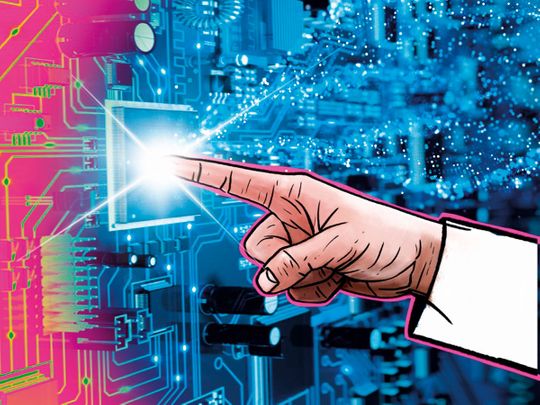
After all the upheaval we’ve faced in the last year, we hardly need more workplace disruption. But World Economic Forum’s latest Future of Jobs report predicts that machines and AI technologies will take over half of all work tasks by 2025.
Where does that leave us ? A pessimist might say that our role in business is coming to an end and that more sophisticated automation and AI had put paid to that.
It’s difficult to take that view seriously following the pandemic, though. Where machine learning models struggled to adapt to sudden market changes - and algorithms failed to predict school grades - humans stepped in and saved the day.
What businesses needed more than ever was common sense and humanity – that only humans could deliver. True, we’ve only scratched the surface of what AI is capable of. But nothing can beat the adaptability and creativity of human minds. It is thus the HR leaders who are charged with unleashing and harnessing that potential, nurturing it and giving it space in the business to grow.
What new skills pay the bills?
Every business and industry is changing in its own way, and each requires its own new competencies. In supply chain, the focus is on resiliency and the integration of self-healing capabilities to guard against future shocks.
For customer experience, the emphasis is on embedding data-driven customer understanding that creates more tailored ‘human’ experiences digitally. However, despite the supposed chaos, there are strong similarities beneath the surface.
Organisations are rapidly embracing an enormous depth of business applications. These cloud apps rely on AI to help people integrate, orchestrate and automate, helping organisations adapt and transform when they need to.
We’re at the point where AI not only automates mundane and repetitive tasks, but can also perform highly complex tasks - like business forecasting - accurately and reliably. This doesn’t mean AI is about to replace us – in fact, the inverse is true. Almost every worker, whatever their role, could benefit from the use of a cobot or ‘digital twin’.
Resetting workplace culture
If many workers are denied access to the latest cloud and AI tools, meaning businesses can’t reap the rewards either. To level up this learning across a business, HR leaders must think differently – but they’ll also need to be more targeted in their approach. They not only need an understanding of what skills are lacking right now, but what talents will be commodities in the future.
How does a company know what skills to teach, and which employees are best able to take the business forward? These decisions have to be guided by HR data from all lines of business. Everything from payroll information to messaging and sentiment analysis should be considered to understand where employees may be struggling, and what they need to improve.
The larger the organization, the more complex it becomes to maintain a programme of constant learning. That said, during the pandemic, low-carbon energy leader Engie extended its cloud-based HCM platform to maintain business transformation across its global 170,000- strong workforce.
By integrating data from across the business and using AI tools, Engie was able to streamline and standardise a global policy of continuous improvement, career development and best practice sharing across the business.
Humans make a company’s culture – but helping them learn and grow with the right tech can make it even better. HR plays a crucial role, and when aided by the right AI tools and data-driven insight, they can make the best decisions for the business and its people.
No matter what shape the next great disruption takes, HR leaders can lay the groundwork work now to ensure employees can meet the challenge head on.








